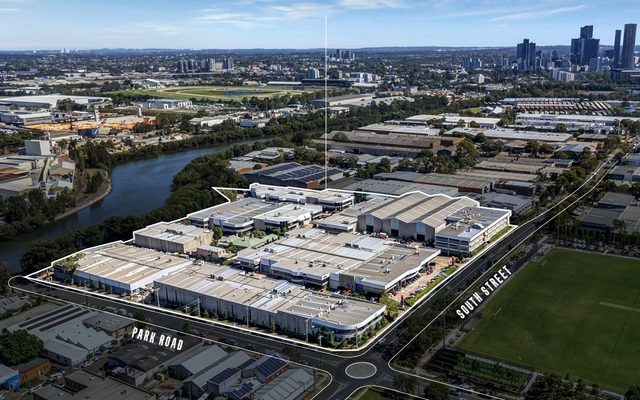This article is from the Australian Property Journal archive
DEMAND from transport and logistics operators have driven Sydney to its tightest industrial vacancy rate in almost a decade, according to LJ Hooker Commercial’s Industrial Market Monitor.
Vacancies have hit 2%, the lowest point since 2007, and down from 3.7% 18 months ago.
Conversion of traditional industrial hubs for mixed-uses in the South and Central West will also offset the city’s vacancy rates over the next three years, and will also moderate rental growth for the sector, of 5% to 2019.
The South West Priority Growth Area has attracted significant pre-leases in areas including Smeaton Grange and Gregory Hills, led by Green Square and Homebush’s Carter Street precinct.
LJ Hooker head of commercial Christopher Mourd said New South Wales was primed to enjoy its strongest economic growth since the 1990s over the next two to three years, underpinned by dwelling construction and infrastructure projects, notably road and rail.
“We’re seeing a rise in contract warehousing, e-commerce and the number of international retailers and brands choosing Sydney as their first foray into Australia. They’re all seeking efficient and well-located premises and depending on the time critical nature of goods, cold storage or increased access to interchanges and ports are also priorities,” he said.
“The South-West is an identified growth corridor and LJ Hooker Commercial has been advising businesses wanting to capitalise on this development. In the Central West, we’ve been advising landlords on how to better position their assets for transport and logistics operators seeking proximity to the M4 and M7 Interchange.”
Central west specialist, LJ Hooker Commercial Silverwater Principal Marcel Elias, said rents were likely to continue to grow as stock reduces at an unprecedented rate due to government rezonings of land for higher and better uses.
“We’re fielding a high level of enquiry for efficient sites that are aesthetically pleasing, as well as sites containing an external yard component,” he said. “Access to essential infrastructure still remains at the top of the priority list,”
Elias said the scarcity of opportunities was also driving the owner-occupier market, with his sale of a 24,000sqm site with two warehouses in The Horsley Drive, Wetherill Park, which had B-Double turnaround access, multiple recessed docks and on-grade roller doors to a logistics owner-occupant for $12.4 million, influenced by its proximity to the M7 and shortage of facilities in the Central West.
Average prime and secondary yields in the investment market had compressed 40 basis points in the 12 months to June, with prime yields returning to 6.9%, and expected to firm by another 25-40 basis points over the next three years.
Demand from retailers and transport and logistics operators in Melbourne has spurred a wave of new developments, which better cater to supply chains and distribution networks whilst landlords have maintained face rents by offering leasing incentives.
Victoria’s leasing market is forecast to will soften over the next three years, with rental growth predicted to grow from 2% to 5%.
Australian Property Journal




